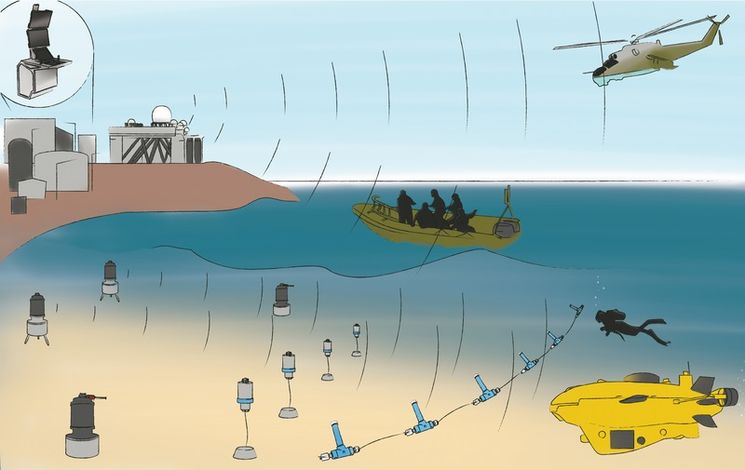
OBR CTM S.A. developed a unique system for surface and underwater monitoring in regions of naval forces deployment and critical infrastructures of harbours/ports - the Critical Maritime Infrastructure Protection System. This integrated, multi-sensor system is designed for monitoring and countermeasure of diversion underwater threats. It uses a unique sensors configuration, which is additionally complemented by external information sources. The solution is based on a combination of barriers: passive – magnetic and active – acoustic, complemented by sensors, such as: cameras, infrared cameras, radars, passive acoustic antennas, sonars and others. The magnetic barriers react to environmental changes of the magnetic field caused by movement of an object, which generates even a weak magnetic field. Crossing the protection line, formed by barriers: magnetic and hydroacoustic, are visualized by a position on the map of the protected area. Whereas the DDS sonar, sensors in the form of visible light camera and infrared camera recording infrared radiation ensure observation of the object as well as its surface and underwater tracking. The above process is realized by simultaneous recording and concurrent analysing of the sensor signals, which receipt anomalies of different physical fields of potential objects in the underwater and surface protection zone, ensuring an adequate level of detection probability. The uniqueness of the system is the result of the use of high-tech sensors: the DDS sonar to detect divers, the monostatic acoustic barrier and the technologically unique magnetic barrier. The chain of magnetic sensors detects any object containing ferromagnetic material. A special construction of the chain allows its installation on the sea bottom or its submergence in muddy ground. The system operates 7 days a week, 24h a day with minimal maintenance requirements.
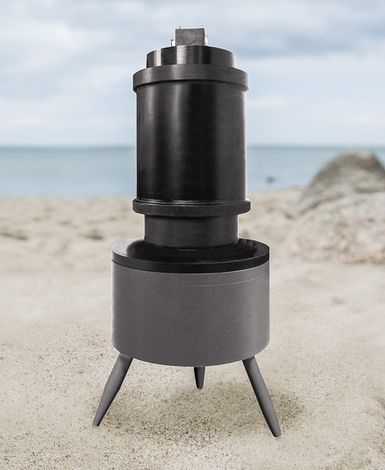
The Diver Detection Sonar (DDS) is a specialized sonar targeted on detecting underwater objects with small target, such as: divers, small underwater vehicles, floats on the surface, explosive charges floating on the surface. DDS processes the received echo by giving at the output the final information about registered underwater objects, along with the detection parameters (reach, bearing, type of object). DDS is working constantly tracking detected objects and raises alert, when the detected object constitutes a threat – hazard criteria are defined by the user of the protected object. The operating parameters of DDS depend on the hydrological conditions of the water area intended for protection, and its localization must comply with the topography of the protected object (e.g. harbour).
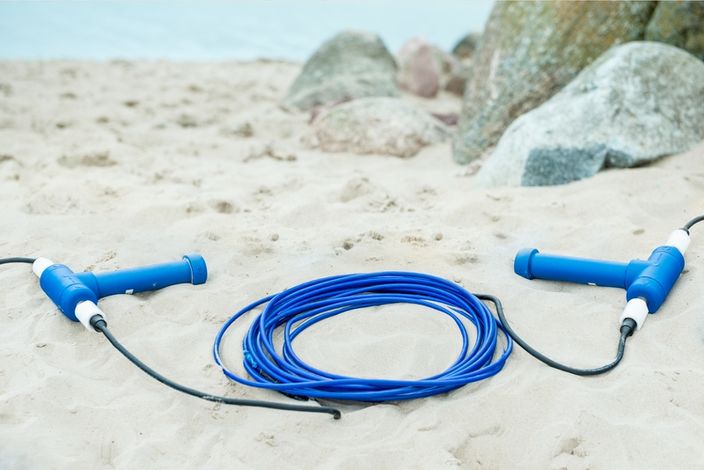
The Portable Magnetic Barrier (PMB) is dedicated for continuous, automatic monitoring of the underwater situation in naval bases, harbour and anchorage areas in terms of protection against terrorism threats, such as: divers, small underwater vehicles etc. The subsystem is equipped with a system of highly sensitive magnetic transducers installed on the sea bottom, which detects sea anomalies caused by aforementioned objects.
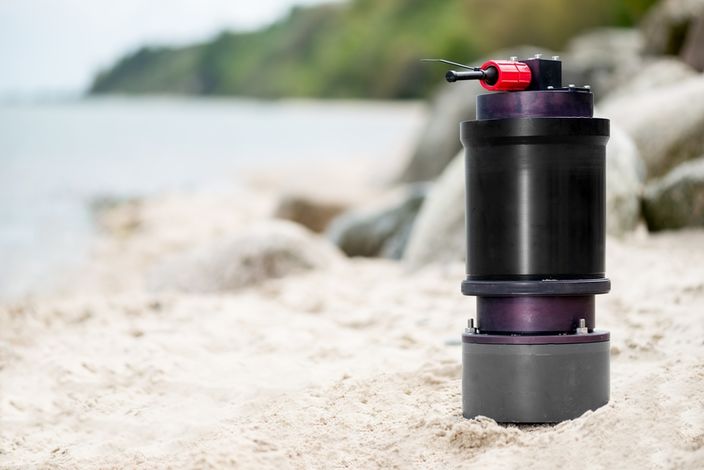
The Monostatic Acoustic Barrier (MAB) is a multisensor hydroacoustic system dedicated to protect critical maritime infrastructure objects, such as: harbour entrances, port basins, ships at berth in port, fairways to harbours, anchorages, drilling platforms, reloading terminals.The system is designed for the detection of small underwater and surface objects. It can be used as an autonomous system or as an element of a more complex antiterrorist protection system. The monostatic acoustic barrier does not pose risks for the natural environment, since during the design and production process the best available techniques and technologies were used.
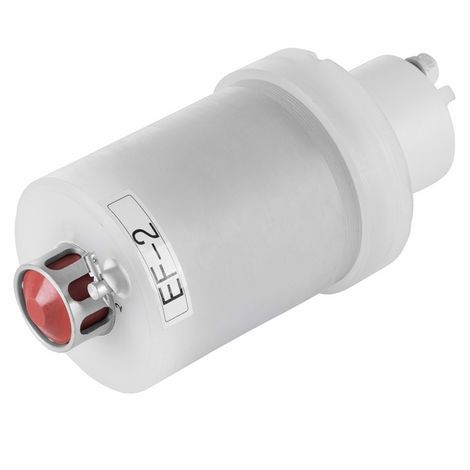
The pyrotechnic effector is intended for countering terrorist threats in harbour approaches water areas and vessel anchorages. To counteract underwater terrorist threats an impact water wave is generated. The effectors are integrated with underwater target detection systems such as magnetic and hydroacoustic barriers and sonars. Depending on the value of the shock wave pressure (mass of the micro load) it has an dissuasive or incapacitating impact (non-lethal), up to destructive (lethal) impact.
The fuse of the effector is adapted for remote wireless activation through encoded hydroacoustic signals sent from the level of consoles, integrating detection sensors and effectors systems. The encoded detonation or neutralization signal is individual for every effector allowing selective detonation or neutralisation of a selected effector from the created defence line.
The pyrotechnic effector has positive buoyancy, it is positioned from the boat or helicopter through throwing into water at the planed positions.Floating in the midwater the anchored effector enables undisturbed reception of hydroacoustic signals controlling the fuse regardless of the silting of the water area bottom.Utilizing pyrotechnic effectors does not require any installations, supplying power from the outside or hydrotechnical works. The choice of the type of the effector (the size of the load mass) is determined by tactical conditions in a particular protected water area. The fuse of the effector is equipped with mechanical, pressurized and electric security devices protecting against uncontrolled activation.